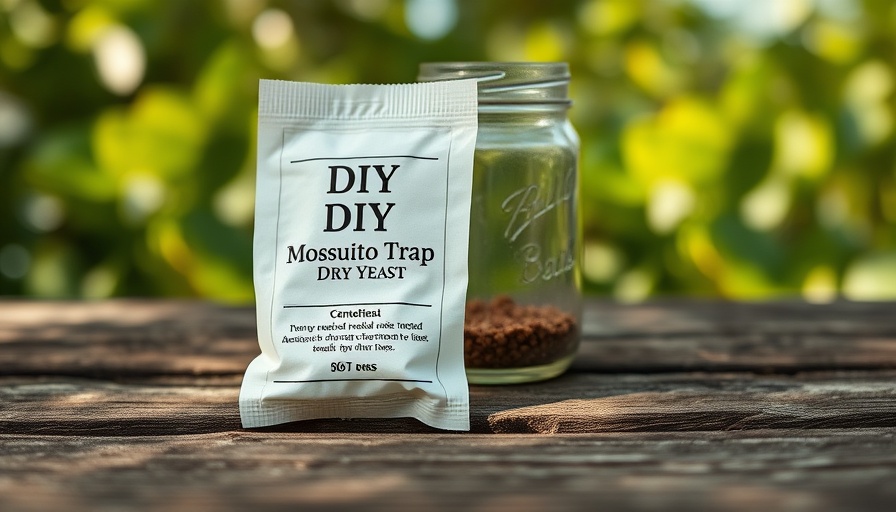
Embrace Nature: Ways to Keep Mosquitoes at Bay
There's nothing quite like enjoying the beauty of nature, especially in summer. But just when you think that evening BBQ or camping trip couldn’t get better, those pesky mosquitoes start buzzing around. They can swiftly turn a peaceful gathering into an itchy nightmare. However, there are several natural strategies and a DIY solution to help you reclaim your outdoor spaces.
Standing Water: The Mosquito’s Breeding Ground
One of the most effective ways to deter mosquitoes is to eliminate standing water. Mosquitoes are notorious for breeding in stagnant water, laying their eggs in as little as four days. Check areas around your home where water can accumulate, such as birdbaths, flower pots, or even small depressions in your yard. By regularly emptying, covering, or treating these water sources, you're significantly reducing their breeding potential.
Landscaping to Deter Mosquitoes
Did you know that your garden can play a significant role in mosquito control? Certain plants are known to repel these pests with their natural scents. Incorporating plants like basil, lavender, citronella, and marigold into your landscaping not only beautifies your garden but also makes it less attractive to mosquitoes. Rubbing the leaves of these plants can release their oils, enhancing their repelling properties.
Creating a Breezy Environment
Nothing disturbs a mosquito’s flight quite like a good breeze. Installing fans in outdoor areas or maximizing natural airflow can create an environment where mosquitoes find it challenging to navigate. By enhancing your outdoor space with strategic positioning, you can enjoy fresh air without fear of bites.
DIY Mosquito Trap That Works
For those times when prevention isn’t enough, consider a DIY mosquito trap! This is a simple project that can be made with household materials, allowing you to take direct action against these invaders. Here’s how:
Materials Needed:
- 1 bottle (two-liter plastic soda bottle)
- 1 cup of water
- 1 cup of sugar
- 1 teaspoon of yeast
Cut the bottle in half with the top us inverted, mixing the sugar and yeast with the warm water in the bottom section. Place it outside, and watch as mosquitoes are drawn in, unable to escape.
Keep Things Clean: The Importance of Tidiness
Your surroundings also play a vital role in mosquito control. Tidying up your yard, removing debris, and regularly cleaning can deter mosquitoes from nesting nearby. Mosquitoes frequently seek out cluttered spaces to find hidden spots for breeding or congregating.
FAQs: DIY Mosquito Trapping Explained
As with any DIY approach, you may have questions about effective trapping and prevention methods. How often should traps be replaced? Is there a best location for them? Generally, it’s good practice to replace traps every couple of weeks and to place them in areas where mosquitoes are frequently seen. Try different spots to find the most effective location.
Conclusion: Empowering Yourself Against Mosquitoes
Taking natural steps to prevent and control mosquitoes allows you to reclaim your outdoor experience. With these simple tips and homemade traps, you're equipped to keep these nuisances at bay, thereby enhancing your gardening and summer outings. Don’t let mosquitoes rule your summer—take action now!
 Add Row
Add Row  Add
Add 




Write A Comment